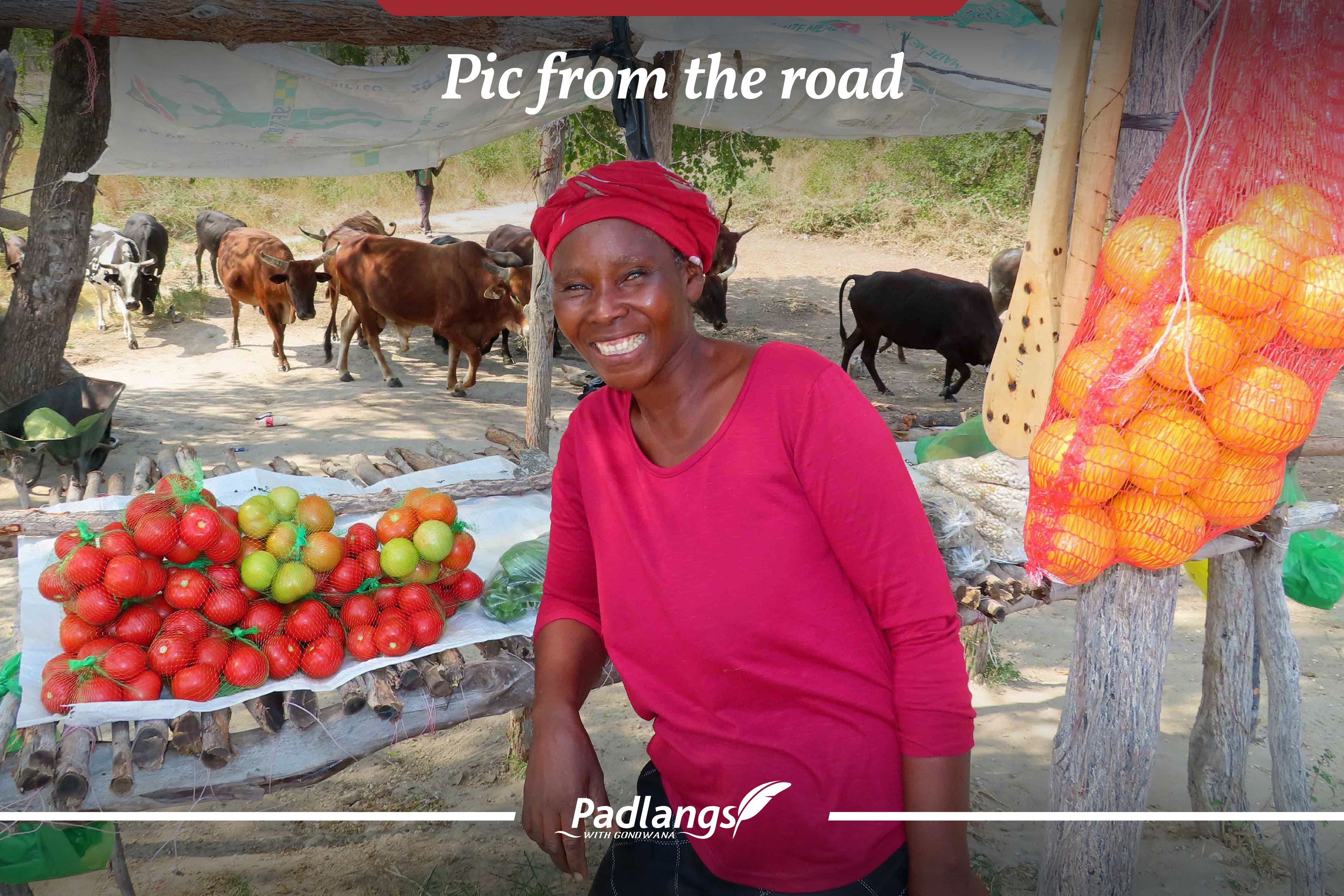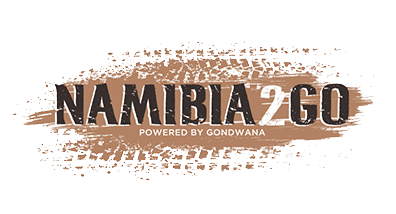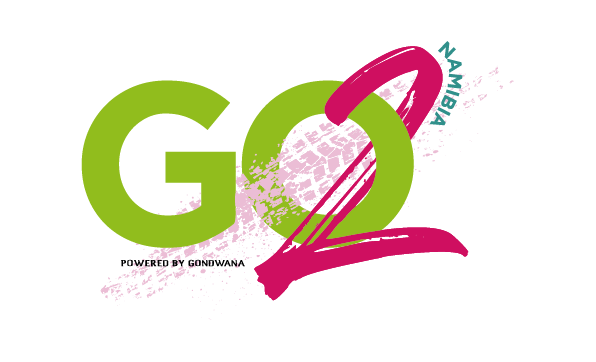This classic photo of a smartly-dressed man mounted on a saddled Nguni bull may look odd, but a closer look reveals that the animal is indeed an ox. Oxen and ox-wagons were the main mode of transport before donkeys and horses became the norm.
There are many early renderings of people riding oxen. As more horses were introduced and reached the central parts of the country in the mid- to late-1800s, with the establishment of trading posts and mission stations, so the mode of transport changed. Although horses are no match for oxen in strength and stamina, they are a swifter means of travel.
Riding oxen dates back nearly 6000 to 8000 years when humans domesticated aurochs (the wild ancestor of cattle) in Africa, India, Pakistan and the Middle East.
(References: Riding oxen in 19th century Namibia. | Download Scientific Diagram (researchgate.net); Riding the Ox - Story Publishing)
You might also like
Copyright 2025. All Rights Reserved by Padlangs, Gondwana Collection Namibia


.jpg)
.jpg)





.png)

SUBMIT YOUR COMMENT